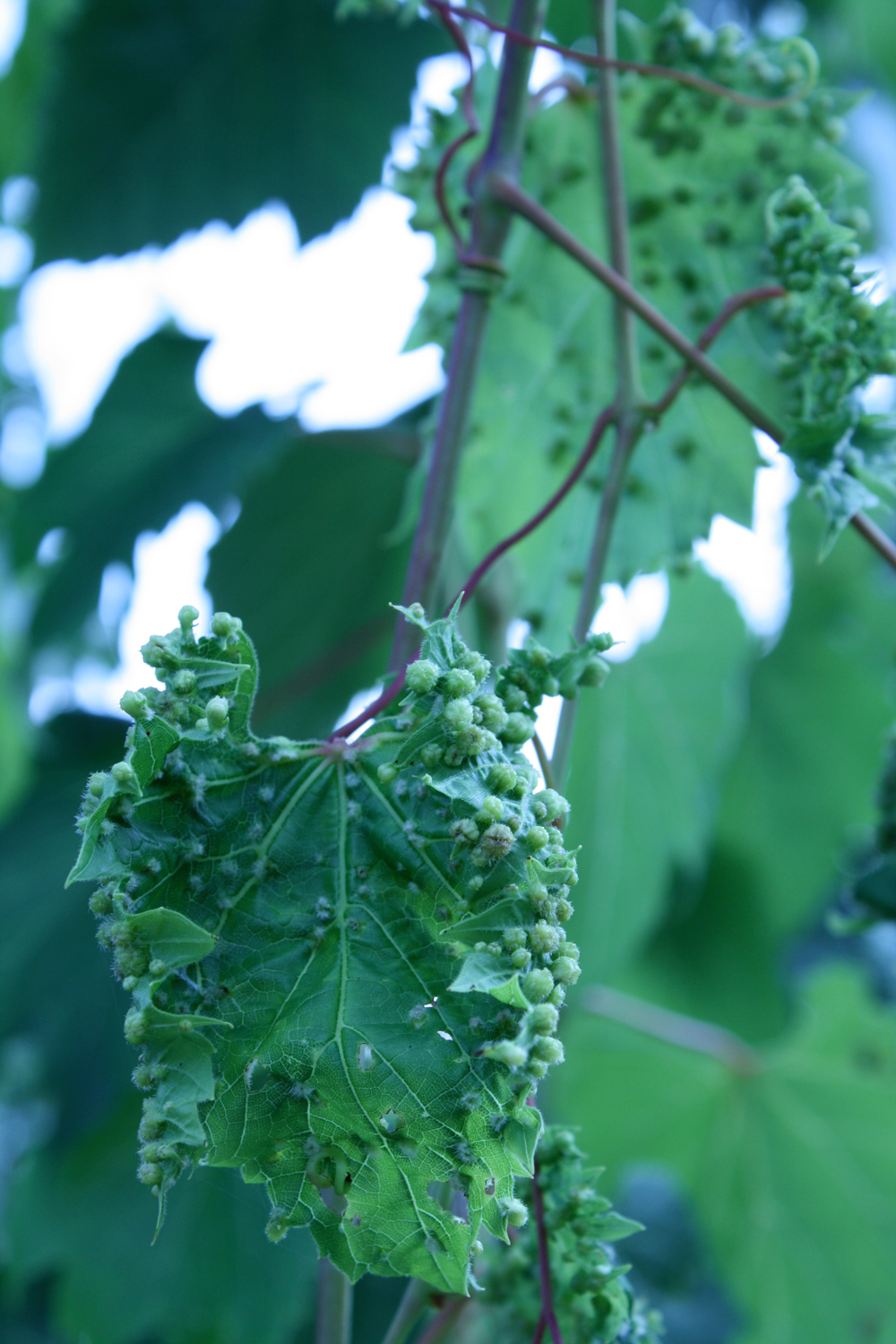Drones equipped with hyperspectral cameras are helping wine makers and researchers fight off a devastating vineyard pest.
Australian wine has a growing global reputation, with total wine inventory for 2016-17 increasing by three per cent, according to an Australian Wine report.
But with more than 135,000 hectares of vineyards in Australia, some areas in Victoria, Greater Sydney and Queensland are at risk of what has been described as the world’s worst grapevine pest – phylloxera, an insect that feeds on grapevines that can have devastating effects on the livelihoods of farmers.
Now a research collaboration with Queensland University of Technology (QUT), Agriculture Victoria and the Plant Biosecurity Cooperative Research Centre (CRC) is looking at whether drones could be used to help detect the pest.
Inspections on vineyards for phylloxera typically involve the farmer walking up and down the rows of grapes and manually checking the vines for signs of the pest, which can be both a time consuming and expensive exercise.

But using drones with hyperspectral cameras, which can see much more detail than the human eye, could reduce the amount of time needed to carry out these inspections.
Like fingerprints, each vine has a unique hyperspectral signature – the spectral response of a healthy plant is different to that of an unhealthy one, with their signatures also changing based on infestation levels.
In order to classify the vines’ hyperspectral signatures, the team created a unique database using artificial intelligence. The hyperspectral camera weighs about one kilogram and allows the team to view individual vines in 270 colour bands – standard home films are usually in only the three bands of red, green and black.
“When we look at a crop, we can see that it’s green, but we don’t know if it’s healthy or not or if it’s got phylloxera,” said Felipe Gonzalez, Associate Professor at QUT and project leader.
“Because the hyperspectral camera can see things that we cannot see, it gives us a signature that may be an indication of phylloxera or a problem with the vineyard. Then we process that through an algorithm that allows us to find the hot spots.”
The team also uses an off-the-shelf ‘phantom’ drone with a high-resolution camera as a support system to develop 3D reconstructions of each individual vine in the vineyard.
But there are some trade-offs when it comes to using the system, such as the requirement for good lighting conditions for hyperspectral cameras.
“Too much cloudy weather doesn’t help the process, and in winter, the window that you can collect the data is reduced,” Gonzalez said.
The team also had to develop their own software for surveying the vineyard – the higher the drone flies, the more area you can cover, but this can impact on the resolution quality of the images.
“So there’s a trade-off to how high you fly and how low you fly in terms of good data quality and coverage,” Gonzalez said.
“At the moment, what the farmer or the biosecurity officers do is they walk through the vineyard and every three or four plants they check the height of the plant. If there is something abnormal, they record it or score it from one to five,” Gonzalez said.
“If it’s a large vineyard, they can’t do that for every single plant. But with a drone you can actually reconstruct the height of every single plant and tell the vigour of each plant.”
Gonzalez said the team was most surprised about the correlations they obtained between the ground-based assessments and the airborne-based drone assessments in terms of the vines’ vigour.
“We were also quite surprised about the detection of the pest itself – by finding the right signatures and by combining different algorithms, we were able to indicate the presence of phylloxera, so we were quite happy with the results,” he said.
